11 Delicious Ways to Sneak Healthy Chocolate Into Your Meals
Chocolate, often viewed as a decadent indulgence, has a reputation for being a guilty pleasure. However, recent research and culinary innovation have transformed this beloved treat into a versatile ingredient that can enhance the health profile of various dishes. This article explores 11 irresistible strategies to infuse your meals with the magic of healthy chocolate, turning everyday recipes into extraordinary culinary experiences. By understanding the nutritional benefits and creative applications of chocolate, you can enjoy its rich flavors without compromising your health goals. Join us on this journey as we delve into the world of healthy chocolate and discover how to make it a staple in your kitchen.
1. Breakfast Boosters: Chocolate-Infused Morning Meals
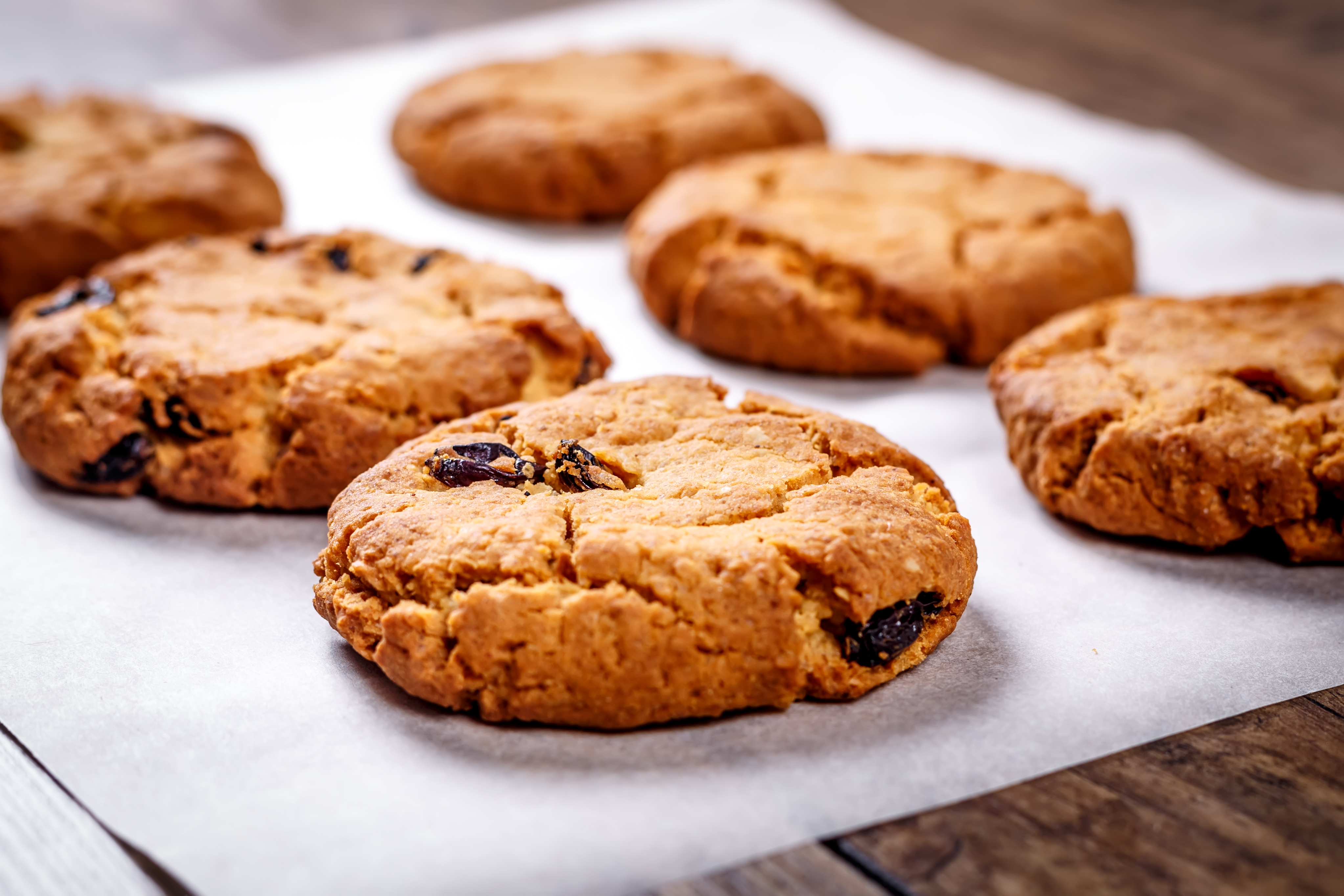
Starting your day with a nutritious, chocolate-infused breakfast can set a positive tone for the rest of your day. Consider adding cocoa powder to your morning oatmeal or smoothie for a rich, chocolatey flavor without added sugars. Cocoa pairs well with fruits like bananas and berries, providing a natural sweetness and a boost of vitamins and antioxidants. For a more indulgent option, try incorporating dark chocolate chips into whole-grain pancakes or waffles. These breakfast ideas not only satisfy chocolate cravings but also provide a substantial energy boost to kickstart your day.
2. Savory Surprises: Chocolate in Main Courses

While chocolate is traditionally associated with desserts, it can add depth and complexity to savory dishes as well. Mole, a traditional Mexican sauce, exemplifies the use of chocolate in savory cooking, blending it with spices and chilies to create a rich, flavorful accompaniment for meats. Experiment with adding a small amount of dark chocolate to chili or beef stew to enhance the dish's richness. The cocoa's bitterness balances the savory and spicy elements, creating a harmonious flavor profile. These unexpected pairings demonstrate chocolate's versatility beyond the dessert realm.
3. Sweet and Simple: Healthier Chocolate Desserts
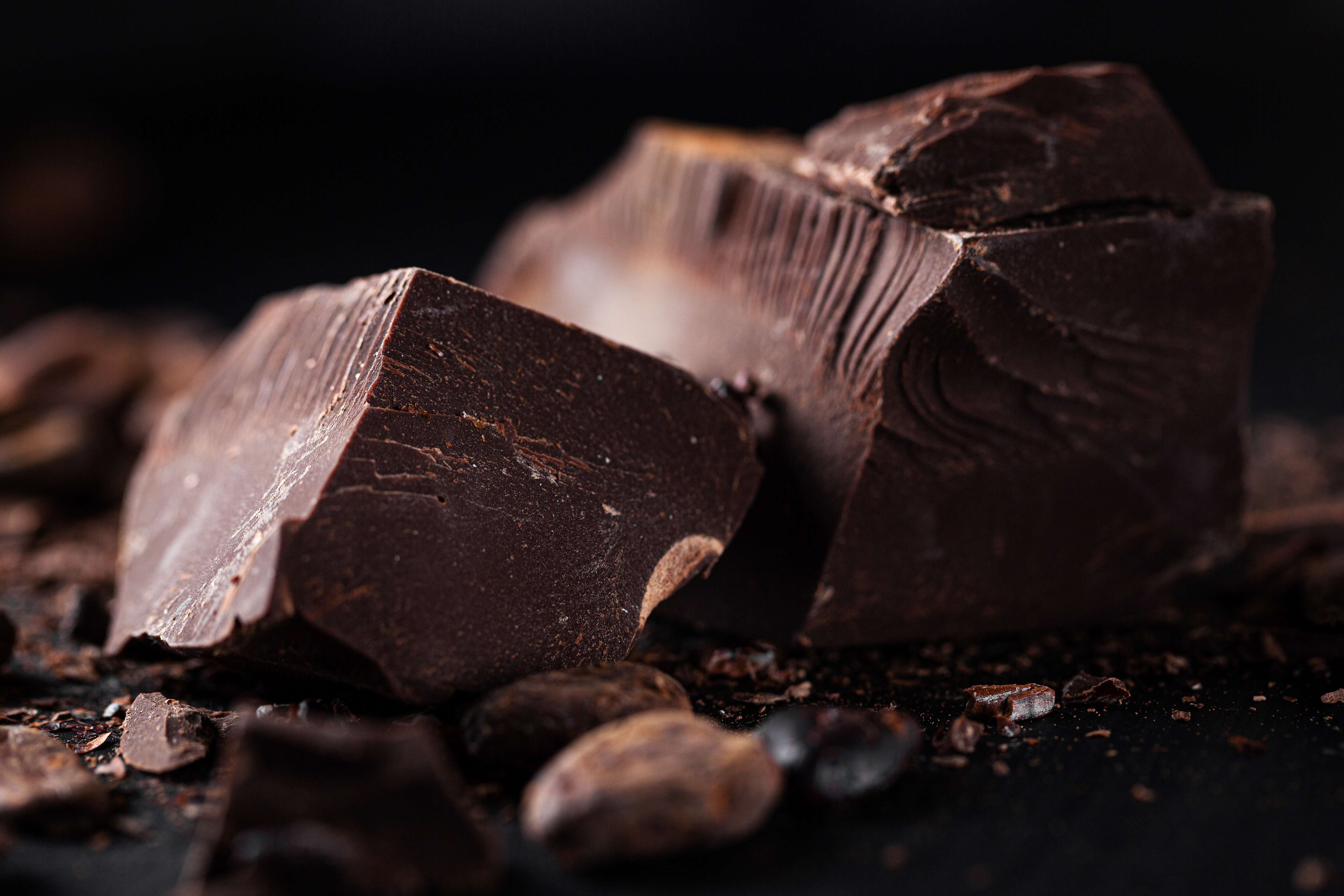
When it comes to desserts, chocolate is a star ingredient. However, traditional chocolate desserts are often laden with sugar and unhealthy fats. By making simple swaps, you can create healthier versions of your favorite treats. Use dark chocolate and natural sweeteners like honey or maple syrup in brownies and cakes to reduce refined sugar intake. Avocado can replace butter in chocolate mousse, providing a creamy texture and healthy fats. These adjustments allow you to indulge in chocolate desserts without the guilt, maintaining the rich flavors you love.
4. Snack Time Delights: Chocolate for the Afternoon Slump

Snacking is an opportunity to incorporate chocolate into your diet in a mindful way. Dark chocolate-covered nuts and seeds offer a satisfying combination of flavors and textures, providing protein, healthy fats, and antioxidants. For a quick energy boost, try making your own chocolate energy bites using dates, cocoa powder, and nuts. These snacks are not only delicious but also nourishing, helping you power through the afternoon slump. By choosing snacks that combine chocolate with nutrient-dense ingredients, you can enjoy a treat that supports your health and energy levels.
5. Baking with a Healthy Twist: Chocolate in Baked Goods

Baking offers endless possibilities for incorporating chocolate into healthier versions of classic recipes. Whole grain flours, such as spelt or whole wheat, can replace refined flours in chocolate chip cookies and muffins, adding fiber and nutrients. Consider using unsweetened cocoa powder to add chocolate flavor without extra sugar. Additionally, incorporating fruits and vegetables like zucchini or pumpkin into chocolate bread or cakes can enhance moisture and nutritional content. These creative approaches to baking ensure that your chocolate treats are both delicious and nutritious.
6. Chocolate and Nut Butters: A Perfect Pairing
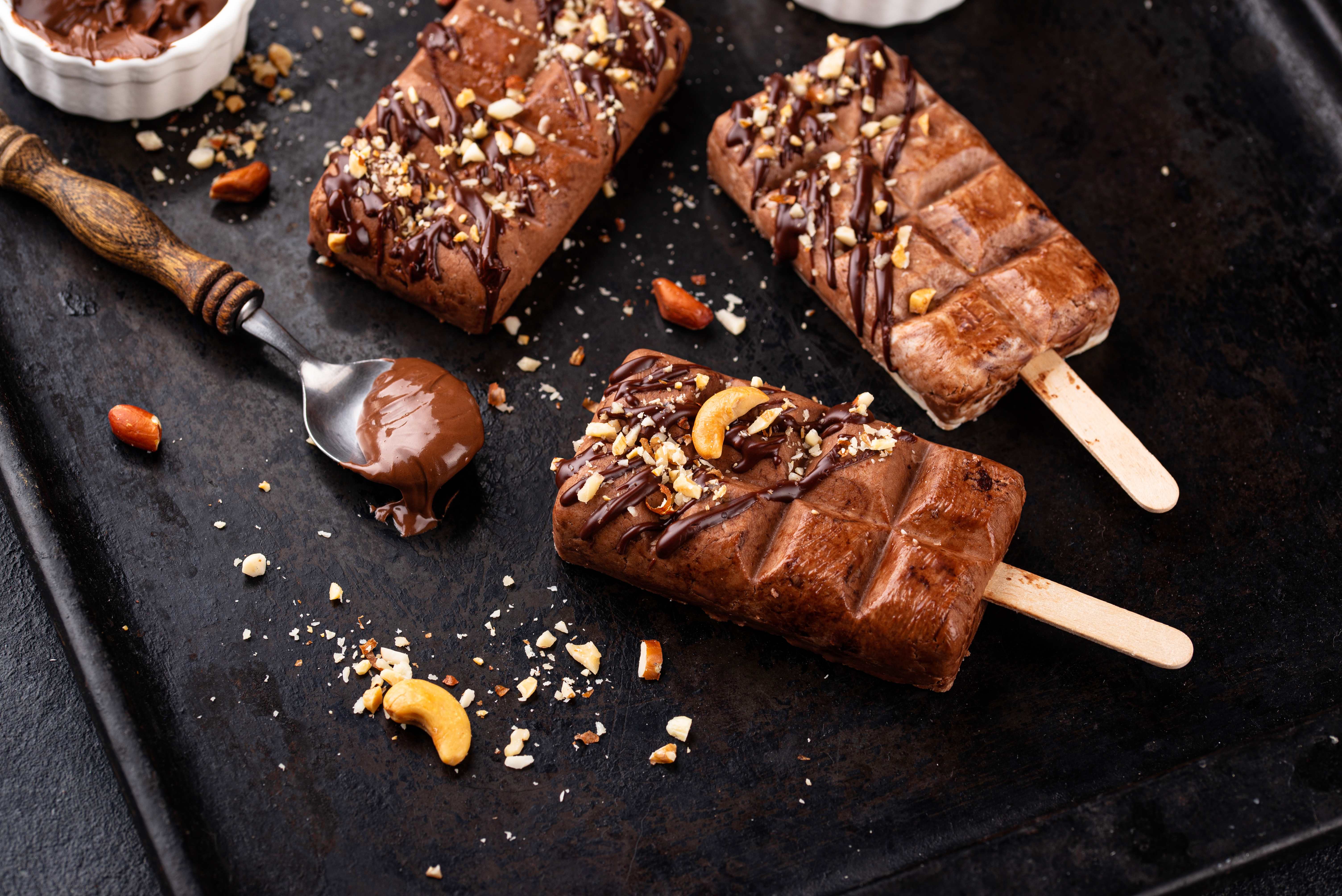
The combination of chocolate and nut butters creates a delectable flavor profile that can elevate various dishes. Spread dark chocolate almond butter on whole-grain toast for a satisfying breakfast or snack. Incorporate this pairing into smoothies or oatmeal for added creaminess and flavor. Nut butters provide healthy fats and protein, making them a perfect complement to chocolate's rich taste. By exploring different nut butter and chocolate combinations, you can discover new ways to enjoy these nutritious ingredients together, adding variety and excitement to your meals.
7. Chocolate-Infused Beverages: A Sip of Health
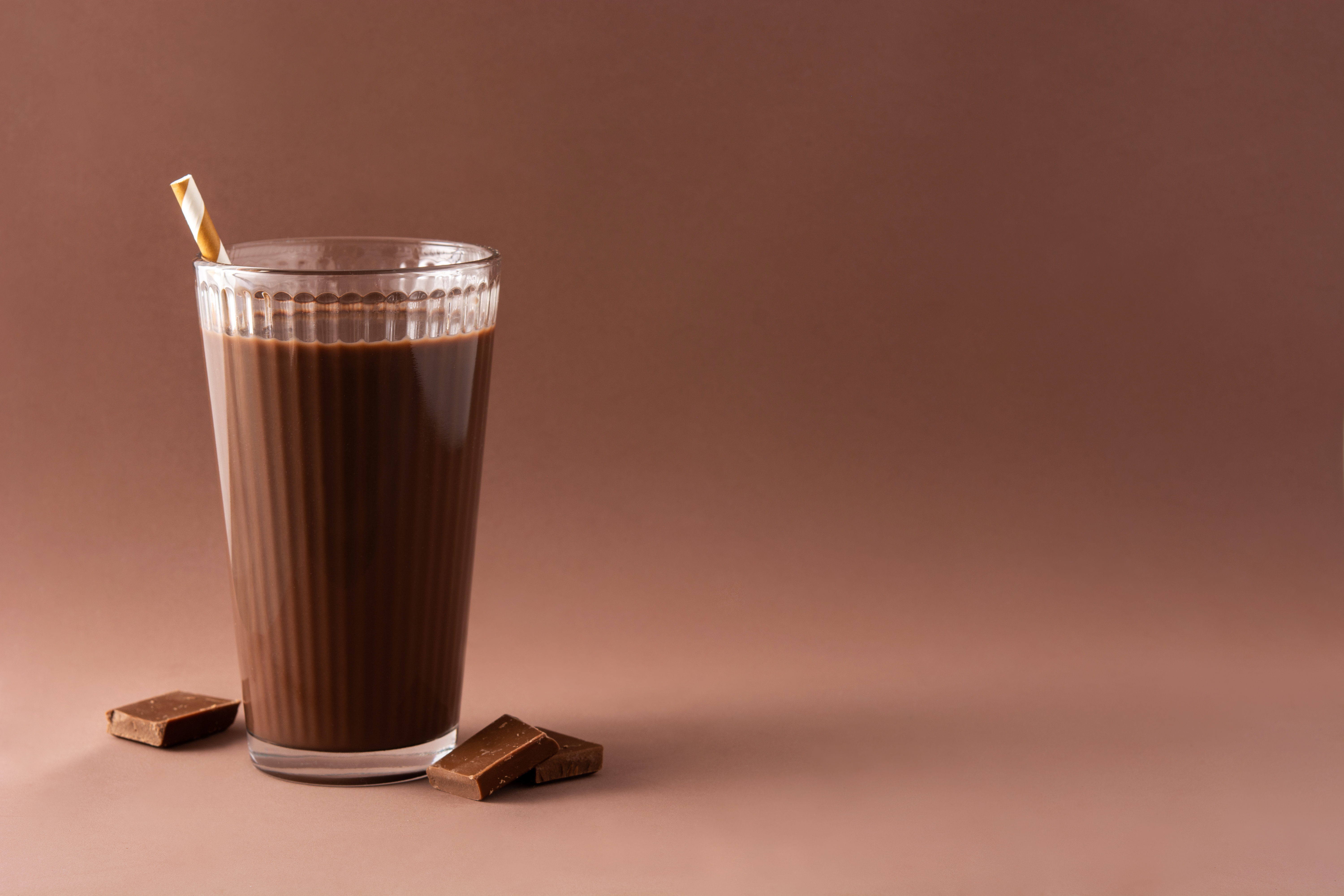
Chocolate can transform ordinary beverages into delightful, health-boosting drinks. Hot cocoa made with dark chocolate and a touch of cinnamon offers a comforting treat with antioxidant benefits. For a refreshing option, try a chocolate-flavored smoothie with spinach, banana, and almond milk, providing a blend of vitamins, minerals, and antioxidants. Even coffee can be enhanced with a hint of cocoa, creating a mocha experience without the added sugars found in commercial versions. These beverages allow you to enjoy chocolate's rich flavors while supporting your health and hydration needs.
8. Holiday Feasts: Chocolate in Festive Dishes

Holidays are a time for celebration and indulgence, and chocolate can play a starring role in festive dishes. Incorporate chocolate into holiday classics like yule logs or truffles, using dark chocolate and natural sweeteners to create healthier versions. Consider adding a chocolate glaze to roasted meats or incorporating cocoa into spice rubs for a unique twist on traditional holiday fare. These creative applications of chocolate in festive cooking demonstrate its versatility and ability to enhance the flavor and enjoyment of holiday meals while maintaining a focus on health.
9. Exploring Global Cuisines: Chocolate Across Cultures

Chocolate's rich history and global appeal make it a fascinating ingredient to explore in various cultural cuisines. From Mexican mole to Italian cioccolata calda, chocolate has been used in diverse culinary traditions for centuries. By experimenting with international chocolate recipes, you can expand your palate and discover new flavor combinations. Try making a spicy Aztec hot chocolate or a French chocolate soufflé, adapting the recipes to include healthier ingredients. This exploration not only enhances your culinary skills but also provides a deeper appreciation for chocolate's cultural significance and versatility.
10. Chocolate and Mindful Eating: Savoring the Experience

Incorporating chocolate into your diet mindfully can enhance your enjoyment and relationship with food. Mindful eating encourages you to savor each bite, appreciating the flavors and textures fully. When consuming chocolate, focus on the quality and richness of the dark chocolate, allowing yourself to indulge in smaller, more satisfying portions. This approach helps prevent overindulgence and promotes a healthier relationship with food. By practicing mindful eating, you can enjoy chocolate as a part of a balanced diet, celebrating its flavors and health benefits without guilt.
11. Fermented Favorites: Chocolate in Gut-Healthy Recipes
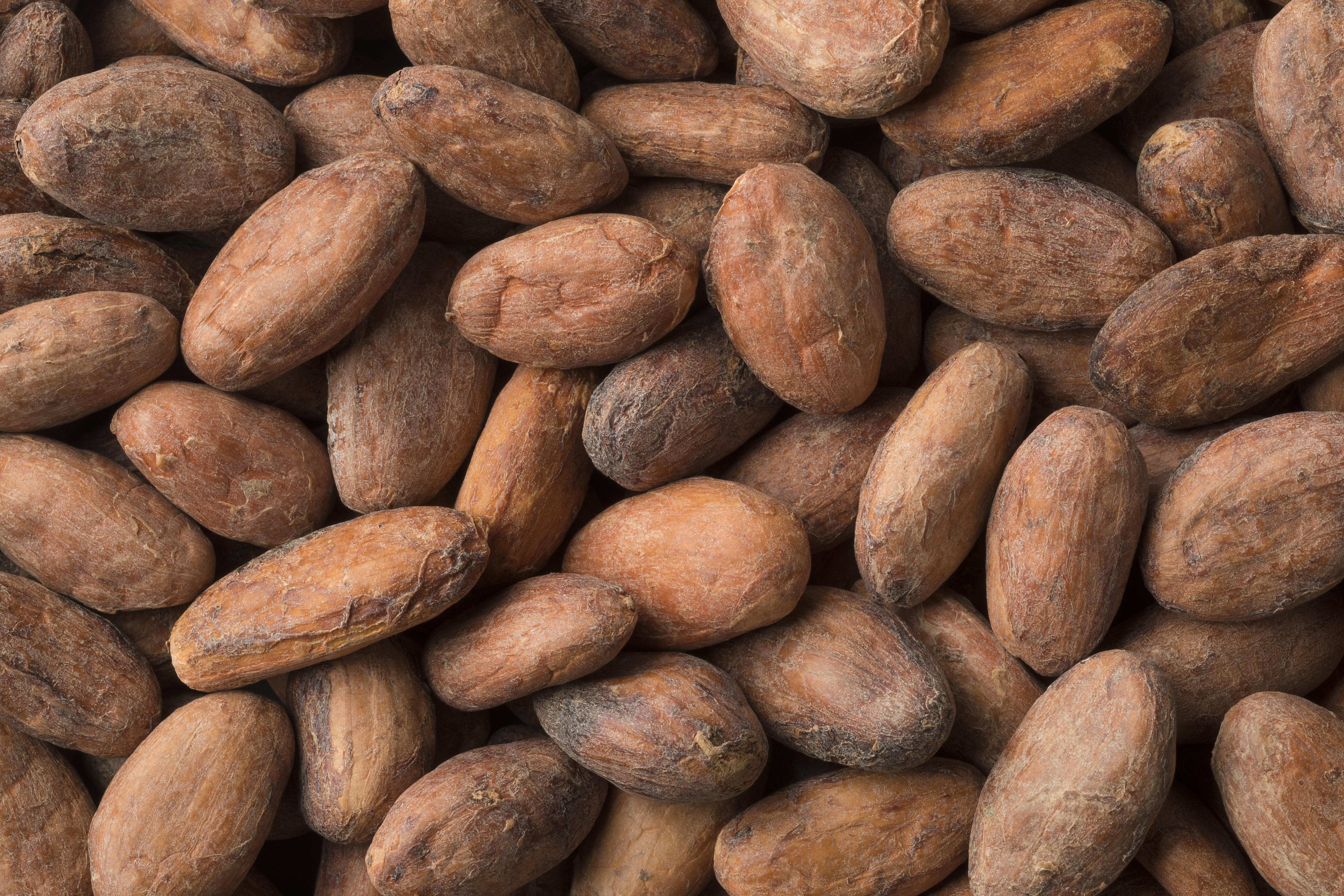
Chocolate and gut health might sound like an odd couple—but when paired thoughtfully, they can be a delicious duo. Dark chocolate contains polyphenols that act like prebiotics, helping nourish beneficial gut bacteria. Combine it with probiotic-rich foods like Greek yogurt, kefir, or fermented cottage cheese to create desserts and snacks that support digestive health. Try layering dark chocolate shavings over yogurt with berries, or blending cocoa into a kefir-based smoothie for a tangy, chocolatey gut-boosting treat. These recipes don’t just taste indulgent—they promote better digestion and nutrient absorption, making chocolate a surprising ally for your microbiome.
Chocolate is not just a treat but a versatile ingredient that can enhance the nutritional value and flavor of various dishes. By understanding its health benefits and exploring creative culinary applications, you can incorporate chocolate into your diet in a balanced and mindful way. From breakfast to holiday feasts, chocolate offers endless possibilities for delicious and nutritious meals. Embrace the magic of healthy chocolate and transform your cooking, savoring the rich flavors and health benefits it brings to your table.